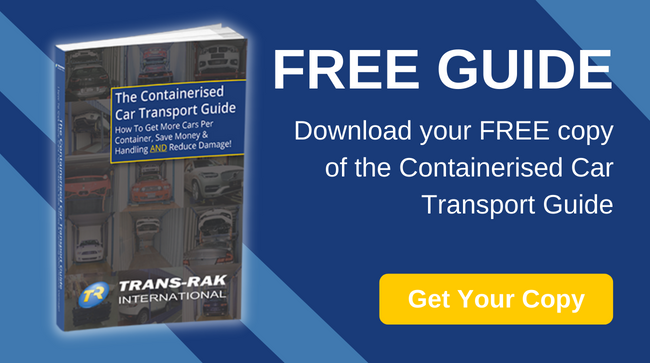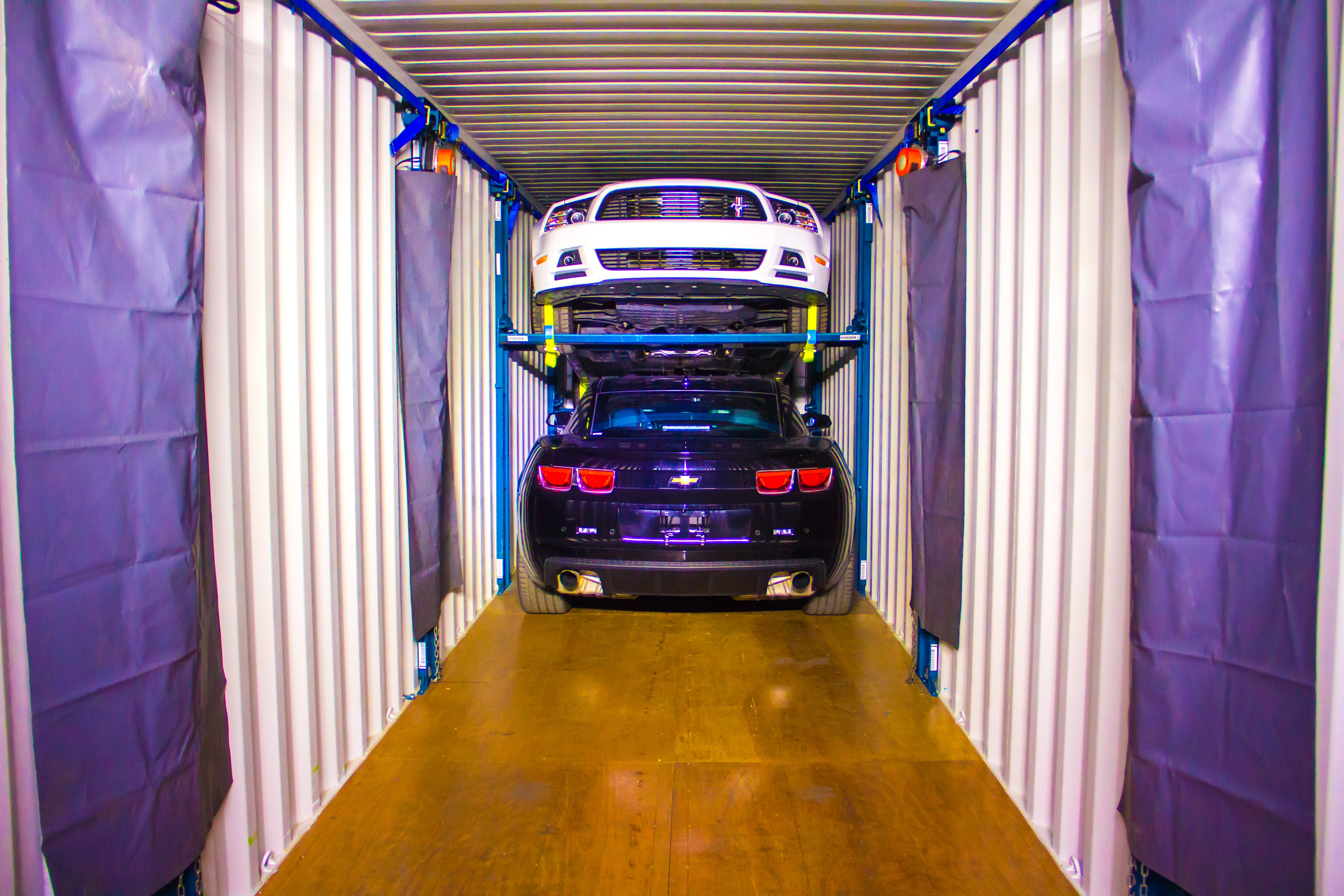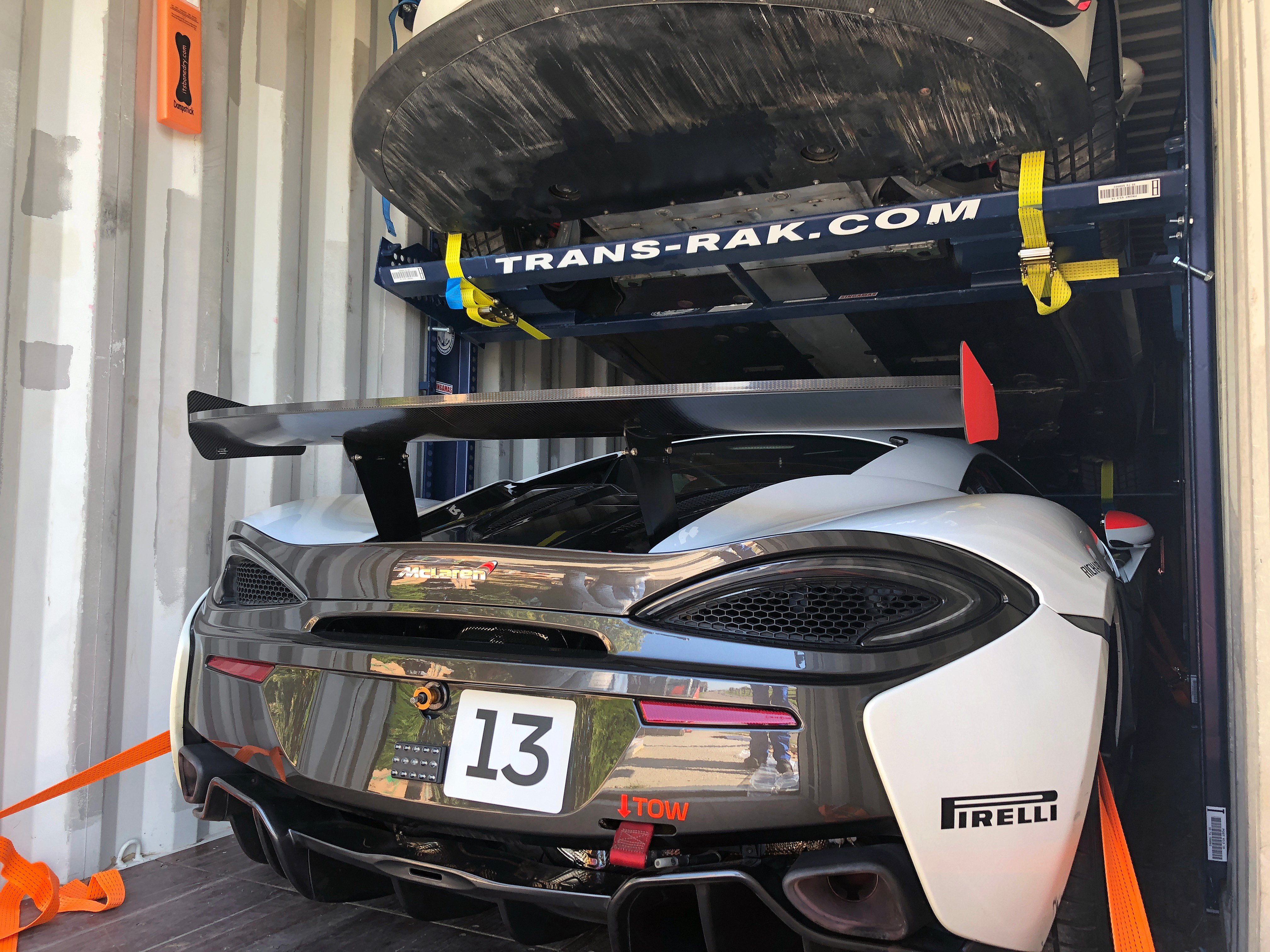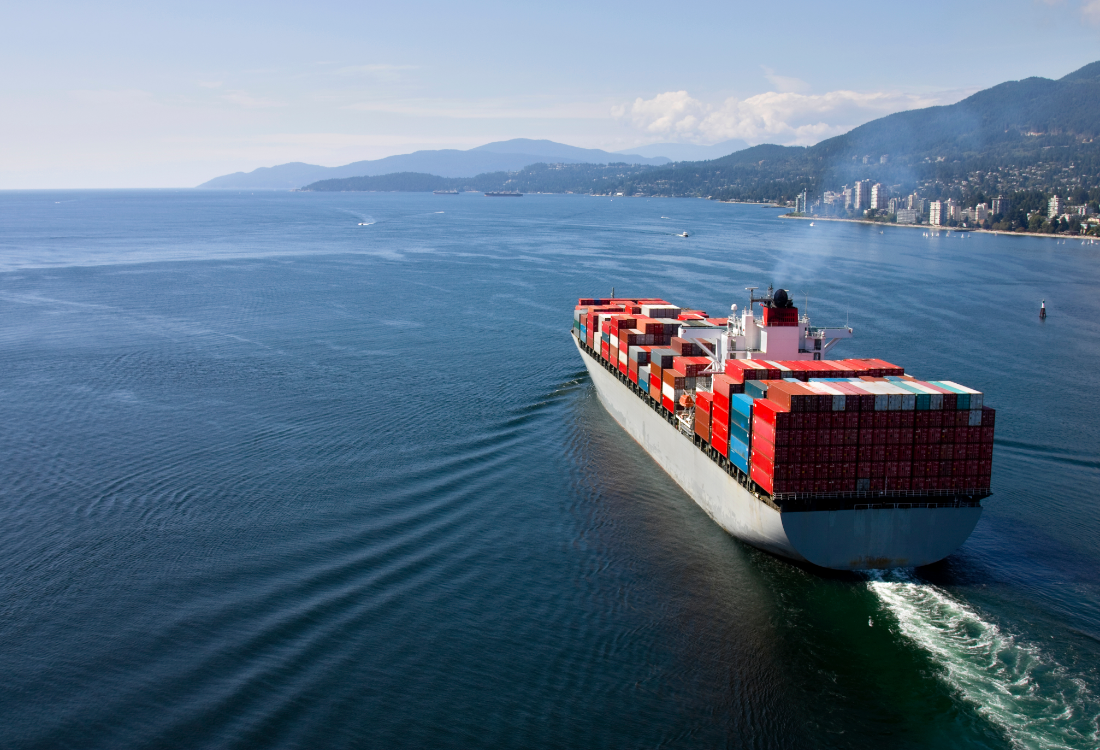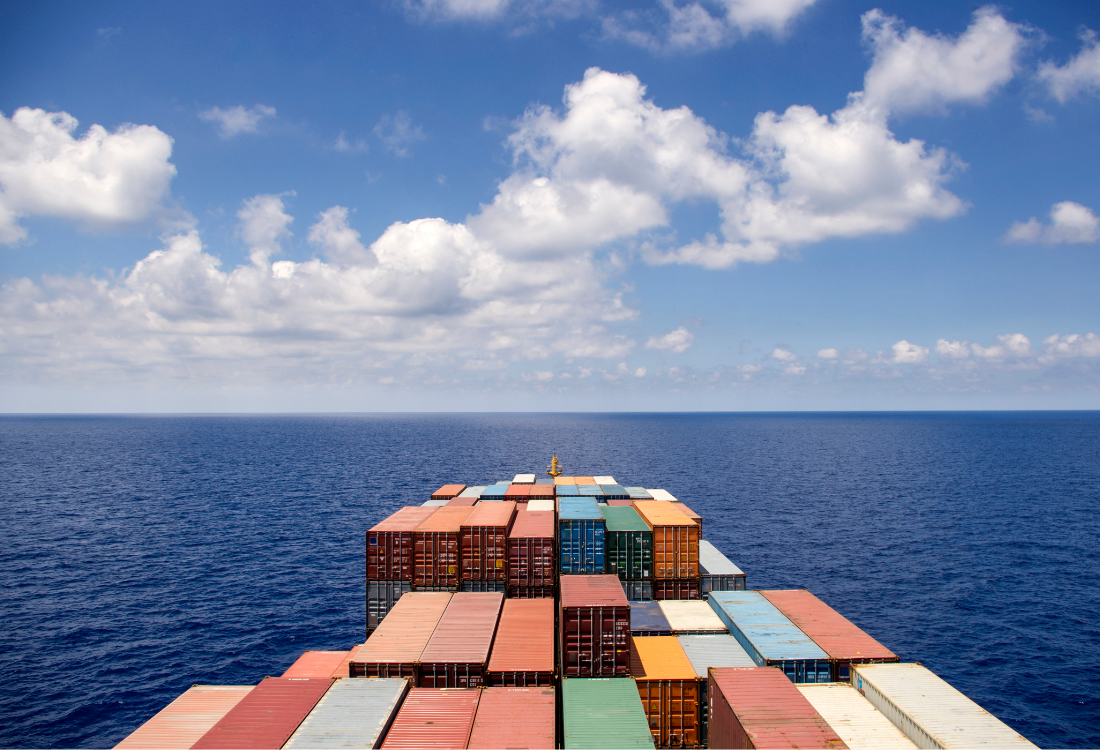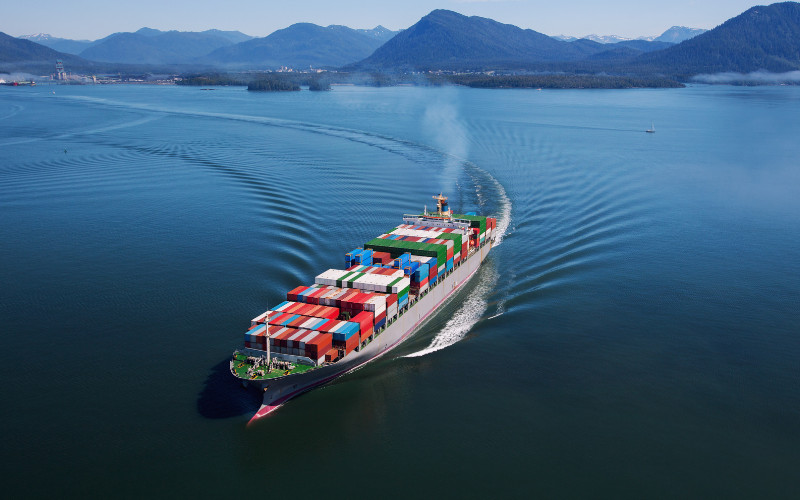
A common argument against containerised vehicle transport is that it is more expensive than using roll-on/roll-off (RORO) cargo ships. This may be true in the case of some short haul journeys and low volume consignments. However, this argument does not consider the long-term cost-savings of containerised or load-on/load-off (LOLO) shipping for long haul and bulk vehicle shipping. Here are three reasons why:
1) Container Shipping Prices Are Falling From Their 2021 Peak
Prices for containerised shipping have declined significantly since their record high rates at the beginning of the year. For example, according to the Shanghai Containerised Freight Index (SCFI), which tracks rates from China to various destinations, the cost of shipping a container in January 2022 was approximately $5094 (USD) or £4,416. By October 2022, the price had plummeted to $1,778 or £1,541 per container. This represents a decline of 65.4% over the course of ten months.
And this trend is likely to continue, especially considering there is now a lack of RORO (roll-on/roll-off) availability in the market. As a result, many more customers are turning to containerised transport as their preferred method for bulk transit, driving prices even lower.
2) Container Ships Mean Lower Risks
Another advantage of containerised vehicle transport is that it comes with lower risks. RORO ships are significantly more dangerous because the loading and unloading process involves driving vehicles onto and off the ship. This process can easily lead to accidents, which can damage cars. The heightened risk of fire onboard can also raise insurance costs for logistics companies using this modality.
In contrast, with containerised shipping, vehicles are securely fastened inside containers at the departure point. This minimises the risk of accidents and ensures that vehicles arrive at their destination in the same condition they left in.
Less damage and better risk management means insurance claims are lower, which ultimately reduces the cost of shipping.
3) Simplified Transportation Routes
RoRo ships are large, deepwater vessels, meaning that they require specialised infrastructure to dock and to load and unload vehicles. This usually means that shippers must use large ports that can accommodate these types of ships.
They also can't enter areas with shallower waters, such as traversing the Panama Canal. So, if a vehicle needs to be shipped from Europe to the US West Coast, it might have to be transferred to a vessel capable of navigating the Caribbean.
Then, it might have to be moved to a barge to cross the Panama Canal again. And that isn't even considering the transport from the factory to the port at the departure point or getting it to its final destination. Undeniably, all these steps add time to and increase the cost of the shipping process.
In contrast, container ships can use a broader range of shallow water ports since they don't require specialised infrastructure. They can also enter shallower waters, which simplifies the routing process. This often results in faster transit times and lower overall costs.
Save Time And Money With Containerised Vehicle Shipping
LOLO shipping is more cost-effective than RORO because prices are declining, it comes with lower risks, and it simplifies transportation routes. So, if you're looking to save time and money on your vehicle shipping needs, containerisation is the way to go.
Using a racking solution from Trans Rak can reduce your costs further by increasing occupancy per shipping container and improving the security of your cargo. To find out more, please call 1926 40 82 82 to speak with one of our technical sales team.
Image Source: Canva


